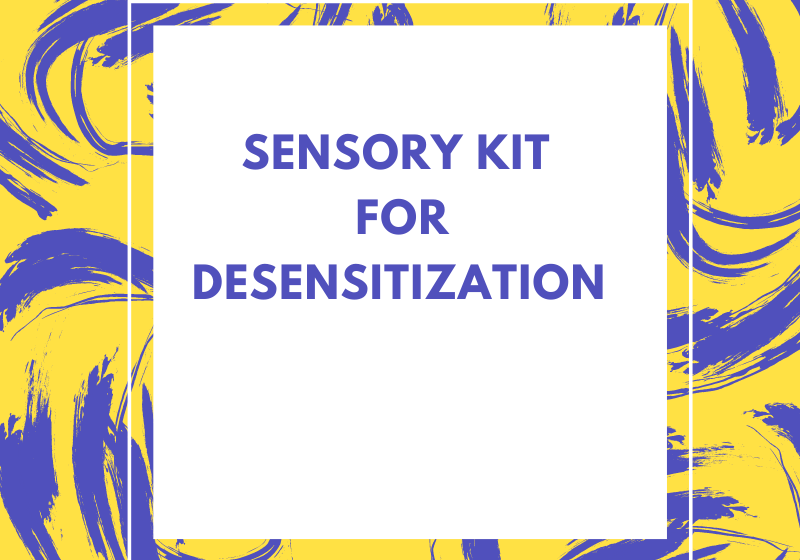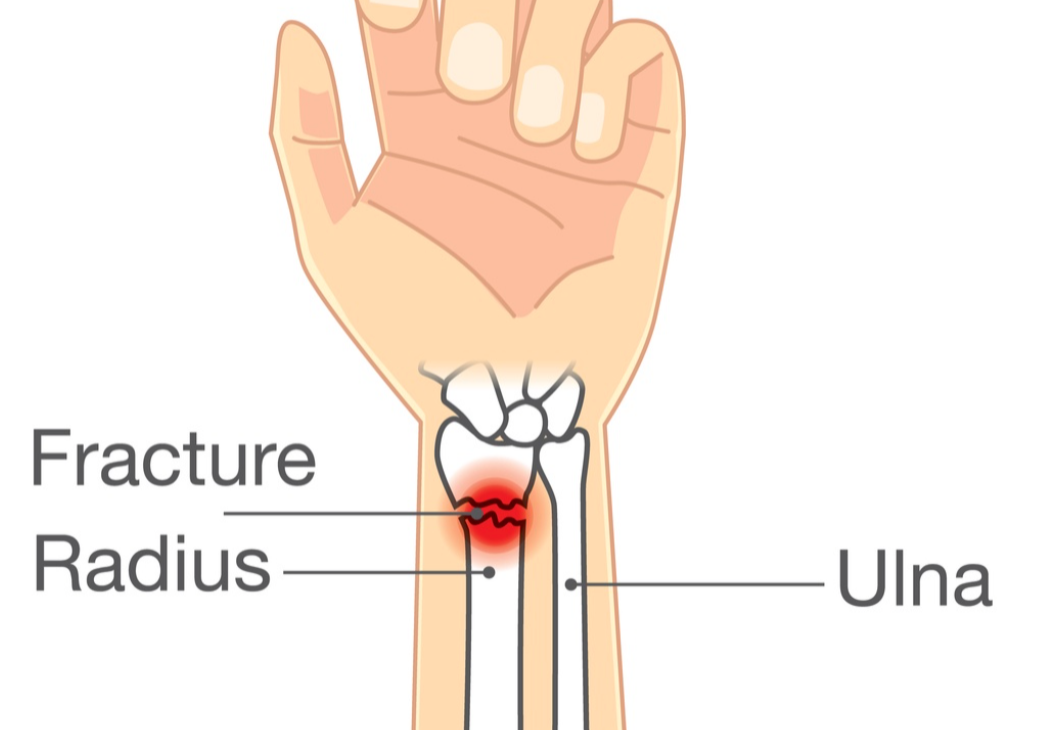Formation continue pour les professionnels de la thérapie manuelle : avantages, exigences et ressources
Classé sous Non classé
What Is Continuing Education in Hand Therapy?
Definition and Scope
Continuing education in hand therapy refers to structured learning activities designed to help professionals stay current with advances in rehabilitation, surgical techniques, and evidence-based care. These opportunities include workshops, online courses, university programs, and specialty certifications that improve patient outcomes and ensure compliance with licensing requirements.
Why It Matters in Hand Therapy Professions
The field of hand therapy is continually advancing with new rehabilitation techniques, surgical procedures, and treatment protocols. Breakthroughs in orthopedics, neurology, and assistive technologies reshape how therapists approach recovery every year. Without ongoing education, hand therapy professionals risk falling behind, limiting their ability to deliver the most effective care to patients.

Importance of Lifelong Learning in Hand Therapy
Improving Clinical Competence
Hand therapists work with patients recovering from fractures, tendon injuries, arthritis, and nerve damage. Lifelong learning ensures they apply the latest treatment strategies, from advanced splinting techniques to functional task retraining.
Adapting to New Rehabilitation Protocols
New clinical guidelines and surgical methods require therapists to adjust their rehabilitation protocols. By engaging in continuing education, professionals can quickly integrate these updates into their practice.
Strengthening Professional Credibility
Specialized certifications and updated training build trust among patients, surgeons, and healthcare teams. A therapist who demonstrates commitment to professional growth is often more respected in clinical and academic settings.
Licensing and Certification Requirements
CEUs and State Regulations
Most states mandate a minimum number of continuing education units (CEUs) to maintain occupational therapy or physical therapy licenses. Hand therapy professionals must ensure that the courses they choose are approved by their state boards.
Renewal Deadlines for CHT (Certified Hand Therapist)
Le Commission de certification des thérapies de la main (HTCC) requires certified hand therapists (CHTs) to recertify every five years. This involves completing professional development activities, including CEUs, clinical practice hours, and contributions to the field.
Ethical Implications of Compliance
Failing to complete required CEUs can result in expired credentials, suspension of licensure, or diminished credibility with patients and peers. Ethically, therapists are responsible for staying competent and providing up-to-date care.
Types of Continuing Education for Hand Therapists
Hands-On Workshops and Labs
Practical workshops allow therapists to refine manual therapy techniques, splint fabrication, and post-operative rehabilitation strategies in real time.
Cours en ligne et webinaires
Virtual programs provide flexibility, allowing therapists to earn CEUs from home. Many cover topics like ergonomics, tendon repair, or advanced exercise prescription.
Conferences and Symposiums
Annual events such as the ASHT Annual Meeting bring together global experts to share new research, clinical practices, and networking opportunities.
University Extension and Specialty Programs
Universities often run extension programs designed for advanced rehabilitation training, blending clinical science with research-backed practices.
Specialized Training Areas in Hand Therapy
Rééducation post-chirurgicale
Advances in surgical techniques for tendon and ligament repair require therapists to stay updated on rehabilitation timelines and progressive mobilization protocols.
Nerve Injuries and Neurological Conditions
CEUs in this area cover rehabilitation following peripheral nerve injuries, brachial plexus conditions, and post-stroke hand dysfunction.
Pediatric Hand Therapy
Children present unique challenges in hand rehabilitation. Continuing education provides insights into pediatric splinting, developmental milestones, and engaging therapy approaches.
Ergonomics and Workplace Injury Prevention
With rising cases of repetitive strain injuries (RSIs), CEUs in ergonomics help therapists guide workplace interventions, preventing injury and supporting recovery.
Benefits of Continuing Education for Hand Therapy Professionals
Advancing Knowledge and Manual Skills
Every course adds to a therapist’s toolkit, from updated manual therapy methods to innovations in splint design and functional rehabilitation.
Increasing Patient Trust and Satisfaction
Patients feel more confident when their therapist is trained in the latest evidence-based practices, improving trust and treatment outcomes.
Opportunités d'avancement de carrière
Therapists with advanced certifications, such as CHT, gain access to leadership roles, teaching opportunities, and specialized positions in hospitals or research centers.
Networking with Multidisciplinary Teams
Workshops and conferences provide opportunities to collaborate with surgeons, occupational therapists, physical therapists, and researchers.
Challenges in Continuing Education for Hand Therapists
Time Management
Balancing clinical caseloads and professional learning can be demanding. Online formats help alleviate this challenge.
Financial Barriers
CEU programs can range from affordable webinars to costly multi-day conferences. Some employers and professional associations provide funding assistance.
Finding Accredited Programs
Not all continuing education programs are accredited. Verifying accreditation with state boards and HTCC is essential to ensure credits count toward recertification.
Best Practices in Hand Therapy Continuing Education
Creating Professional Development Goals
Setting annual learning goals helps therapists stay organized. For example, focusing on post-surgical care one year and ergonomics the next ensures balanced growth.
Balancing Clinical Work and Learning
Strategically planning CEU activities during lighter caseload seasons prevents burnout and maintains patient care quality.
Choosing Evidence-Based Programs
Programs backed by peer-reviewed research and professional organizations ensure therapists are learning practices that align with current medical standards.
Top Resources for Hand Therapy Continuing Education
ASHT (American Society of Hand Therapists)
ASHT offers workshops, webinars, and its annual meeting, all tailored to advancing the hand therapy profession.
HTCC (Hand Therapy Certification Commission)
The HTCC provides resources for recertification, professional development, and maintaining the prestigious Thérapeute de la main certifié (CHT) credential.
Online Learning Platforms and Universities
Websites such as Académie de thérapie de la main and university extension programs deliver flexible, accredited courses specifically for hand therapy professionals.
FAQs About Continuing Education in Hand Therapy
Q1: How often do Certified Hand Therapists need to recertify?
Every five years, through HTCC-recognized continuing education and clinical practice hours.
Q2: Can I complete my CEUs online?
Yes, many CEUs are available online, though some practical skills may require in-person workshops.
Q3: What topics are most valuable for hand therapy CEUs?
Post-surgical care, nerve rehabilitation, ergonomics, pediatric therapy, and splint fabrication are among the most in-demand.
Q4: Are CEUs required for both OTs and PTs specializing in hand therapy?
Yes. Both occupational therapists and physical therapists specializing in hand therapy must meet CEU requirements for licensure and certification.
Q5: Do employers cover continuing education costs?
Some employers offer full or partial reimbursement, especially in hospital or rehabilitation center settings.
Q6 : Que se passe-t-il si je ne termine pas mes CEU à temps ?
Failure to meet CEU or recertification requirements can result in license suspension or loss of CHT status.
Conclusion: Investing in Lifelong Growth
Continuing education for hand therapy professionals is more than a requirement—it’s a commitment to excellence. By staying updated with the latest rehabilitation strategies, therapists improve patient outcomes, strengthen their reputation, and advance their careers.
Each CEU earned represents not just compliance but dedication to helping patients regain function and independence. In a field where small improvements make life-changing differences, ongoing education isn’t optional—it’s essential.
Plus à lire
Kit Sensoriel pour Hypersensibilité
Écrit par Melissa Miller Introduction Après une blessure ou une intervention chirurgicale, les nerfs de la peau et autour de la zone blessée peuvent devenir trop sensibles. Cela peut provoquer une douleur ou une sensation désagréable due à des stimuli qui ne causeraient généralement pas d'inconfort. Par exemple, une légère touche d’une chemise ou d’un certain tissu peut ressembler à des aiguilles pour…
En savoir plusEffet de la facilitation neuromusculaire proprioceptive scapulaire sur la douleur et le handicap chez les patients atteints de capsulite adhésive
Révisé par Melissa Miller Mishra, N., Mishra, A., Charaniya, P. (2019). Effet de la facilitation neuromusculaire proprioceptive scapulaire sur la douleur et le handicap chez les patients atteints de capsulite adhésive. Revue internationale des sciences du yoga, du mouvement humain et du sport ; 4(1) : 995-1000 La capsulite adhésive maigre (CA) est une maladie idiopathique qui affecte le mouvement de l'épaule. La climatisation est…
En savoir plusUn traitement est-il nécessaire après une fracture du radius distal ?
Coughlin T, Norrish AR, Scammell BE, Matthews PA, Nightingale J, Ollivere BJ. Comparaison des interventions de rééducation dans les fractures du radius distal traitées de manière non opératoire : un essai contrôlé randomisé d'efficacité. Bone Joint J. 2021 juin ; 103-B (6) : 1033-1039. doi : 10.1302/0301-620X.103B.BJJ-2020-2026.R1.Epub 30 avril 2021. PMID : 33926211. Le maigre : les personnes souffrant de fractures du radius distal sont très courantes dans le monde de la thérapie de la main. Ce…
En savoir plusInscrivez-vous pour recevoir des mises à jour directement dans votre boîte de réception !
Inscrivez-vous avec nous et nous vous enverrons régulièrement des articles de blog sur tout ce qui concerne la thérapie des mains, des notifications chaque fois que nous mettons en ligne de nouvelles vidéos et tutoriels, ainsi que des documents, des protocoles et d'autres informations utiles.





